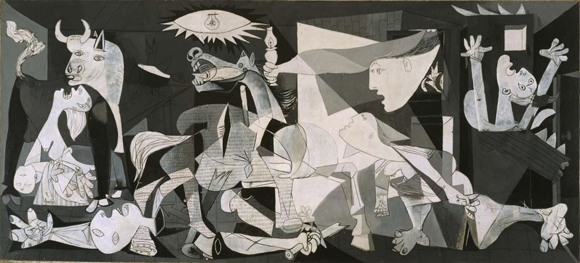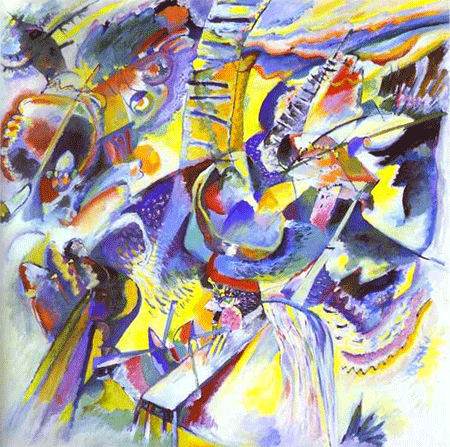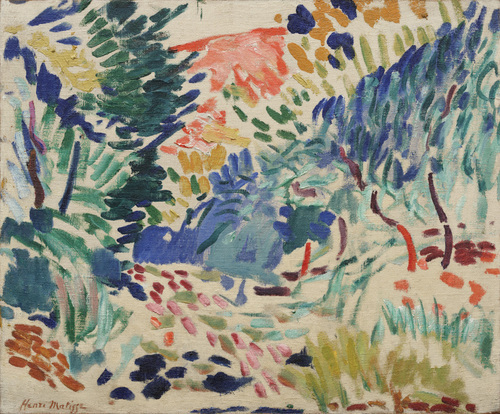Abstract Art
"Just as pure abstract art is not dogmatic, neither is it decorative."
Originating in Europe in the late 19th century, Abstract art fully emerged in the early 20th century when there was a decline in the appreciation of Realism among Avant-garde artists of that period. The notion of Abstract art is an umbrella term that encompasses a broad range of styles from the revolutionary Cubist paintings of Pablo Picasso that portrayed partial abstraction, to the Expressionist paintings of Wassily Kandinsky in which he achieved total abstraction. Explore the Abstract Art by starting from What is Abstract Art? Browse our curated list of artworks from the Abstract Art exhibition such as Wassily Kandinsky, Pablo Picasso, Jackson Pollock and others.
What is Abstract Art?
Abstract art in its purest form stems from artists’ thoughts and imagination as opposed to traditional art methods, which generally convey a literal representation of a subject. Primarily, Abstract art makes use of marks, lines, shapes and colours to communicate an emotion or feeling to the viewer, rather than depict a figurative representation of reality.
The notion of Abstract art is an umbrella term that encompasses a broad range of styles from the revolutionary Cubist paintings of Pablo Picasso that portrayed partial abstraction, to the Expressionist paintings of Wassily Kandinsky in which he achieved total abstraction. While artists such as Picasso held onto foundational aspects of reality, Kandinsky radically rejected any intellectual components in his art with pieces such as Gorge.
Wassily Kandinsky, the pioneer of the Abstract movement, is renowned for his paintings that were profoundly influenced by the harmonies and melodies of music. His work represents the peak of the Abstract movement. It evokes an emotional response, which is one of the key elements that defines the movement.
The general agenda of Abstract art is based on the focus of technique over representation. Formal qualities including colour scheme and composition take precedence over representational values such as the defined drawing of a subject or scene. The emphasis is on techniques such as:
- The use of colour in a new and innovative light. Matisse, for example, rejected the naturalistic colour and favoured a more imaginative pallet that he based on how he felt rather than what he saw.
- The idea that colour and form alone could create a powerful piece of work. Therefore the subject could be unrecognisable and the arrangement of colours would be the centre of the painting. Cubism and Futurism were primary styles in this sense.
- The Surrealists took abstraction further by experimenting with automatic drawing and embraced organic shapes opposed to geometric ones. The objective of Surrealism was to relinquish control and capture the subconscious.
- Action painting, which used gestural marks and included dripping and splattering paint in a random and vigorous manner.
The urbanisation and technological revolution of the modern world gave way to the progressive styles as artists were searching for a way to express the vast changes of the 20th century. The rise in popularity of Abstract art triggered styles such as Pop art, conceptual art and performance art. The Abstract movement allowed the properties of art to be stretched outside of painting alone and signifies the offshoot of the many contemporary art forms.
Text by Siobhan Raies


